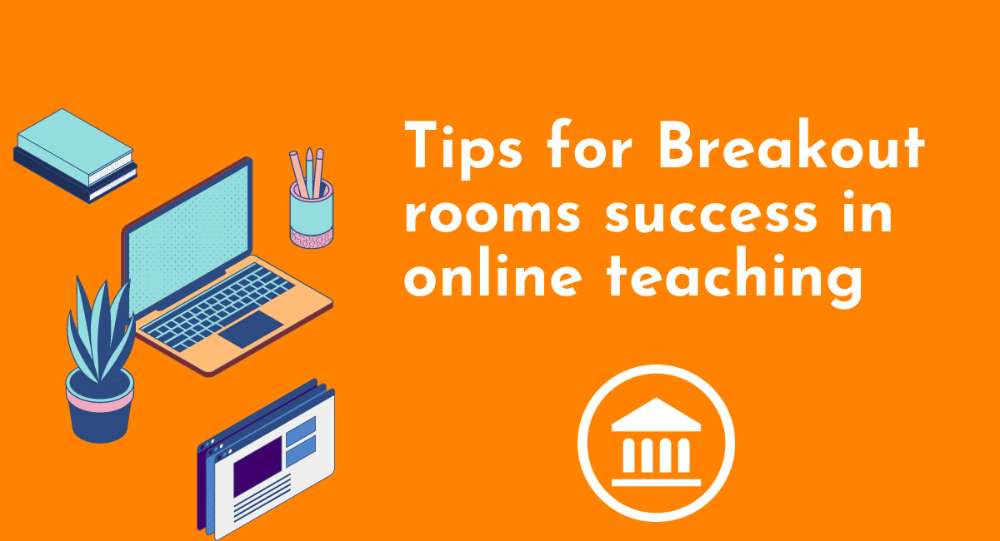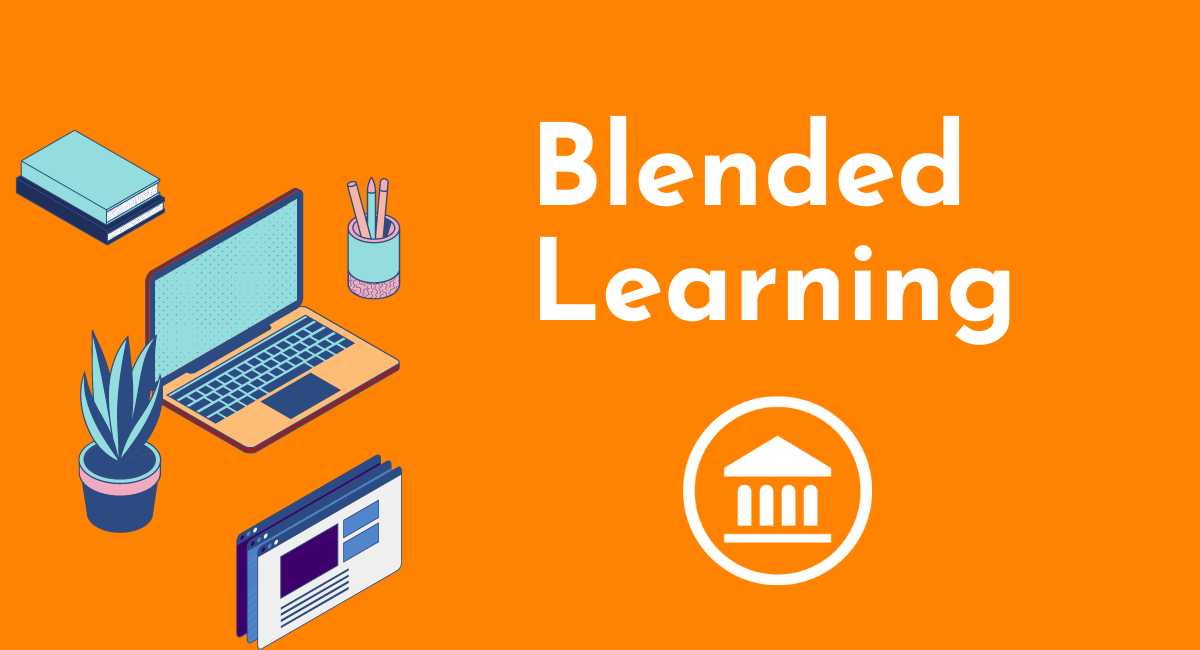Scaffolding is an educational strategy that gradually guides pupils toward more independence and comprehension. Scaffolding aids students in bridging the gap between what they know and what they need to know, as well as, supporting them while they learn new abilities. Scaffolding in education is based on the concept of a zone of proximal development (ZPD), which was initially proposed by Soviet psychologist Lev Vygotsky in the 1930s. ZPD is the space between what pupils can do on their own and what they require guidance with. Scaffolding relies on the presence of a more knowledgable other, generally a teacher, to help children progress through the zone of proximal development. They assist students in the development of new abilities by employing scaffolding strategies to build on what they already know. Scaffolding, in terms of the zone of proximal development, is what takes kids from what they can do on their own to what they can accomplish with help.
Below are some of the tips to scaffold learning in the classroom:
Modeling: Modeling for students is an important part of scaffolding; wherever possible, show or demonstrate to them exactly what they should accomplish. Explain what you're doing and why you're doing it in simple, easy-to-understand language as you solve the problem.
Reinforcing the concept: a concept can be reinforced using different learning activities:
- Let students talk to their neighbors about the lesson or a crucial idea.
- In small groups, have students explore an open-ended, leading question.
- Pause approach: The pause approach is taking a brief pause and then asking pupils a strategic, leading, and open-ended question to help them learn more.
- Think-Pair-Share: Give pupils a question to think over on their own before sharing with a companion. When they're finished, ask them to share their reasons and responses with the rest of the class.
Prior knowledge: You can't begin scaffolding unless you know what students know already. You need to know the concepts that they've learned and the ones they still need to work on. Inquire students about their personal experiences, hunches, and views regarding the material or concept of the study, and let them connect it to their own life.
Time: All students require time to assimilate new information and concepts. They also require time to vocally make sense of and explain their learning to a community of learners. It is important that students should be given sufficient time to express themselves and present their learning.
Graphic organizers: Graphic organizers are unique in that they assist children in graphically representing their thoughts, organizing information, and grasping concepts like sequencing and cause and effect. A graphic organizer should be used as a scaffolding tool to guide and shape students' ideas.
Providing examples: Students need to see what you expect of them, no matter how clear your learning objectives are or how often you've expressed expectations through messages and announcements. You need to build a model for students to refer to while they are designing their assessments so that they can understand the work they must accomplish to get a desirable mark.
Chunking: Chunking is the process of breaking down huge amounts of information into smaller, more digestible "chunks" for students to swallow. Chunking is widely regarded as a best practice in course design; by breaking down a huge piece of text or a long video into smaller components, you give students opportunities to ponder, ask questions, and even seek help if necessary.
I do, we do, you do:
- I do — Begin with straightforward instruction and check in with students on a regular basis to ensure that they are understanding.
- We do — Discuss the lesson with the entire class, small groups, or individual students, and perform tasks such as graphic organizers and hands-on practice.
- You do — After students have a good understanding of the idea, have them participate in small groups and conduct independent practice work.






















